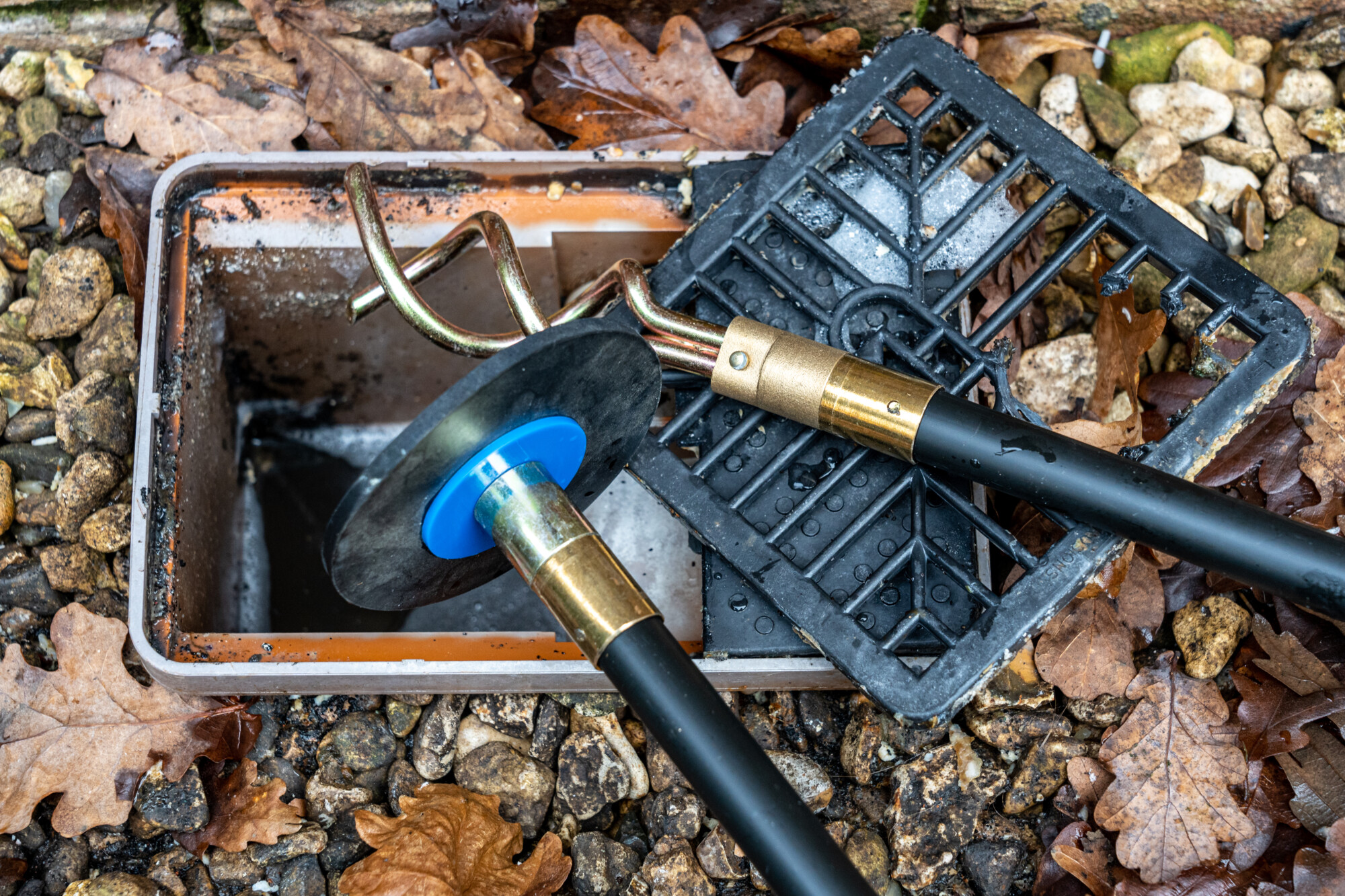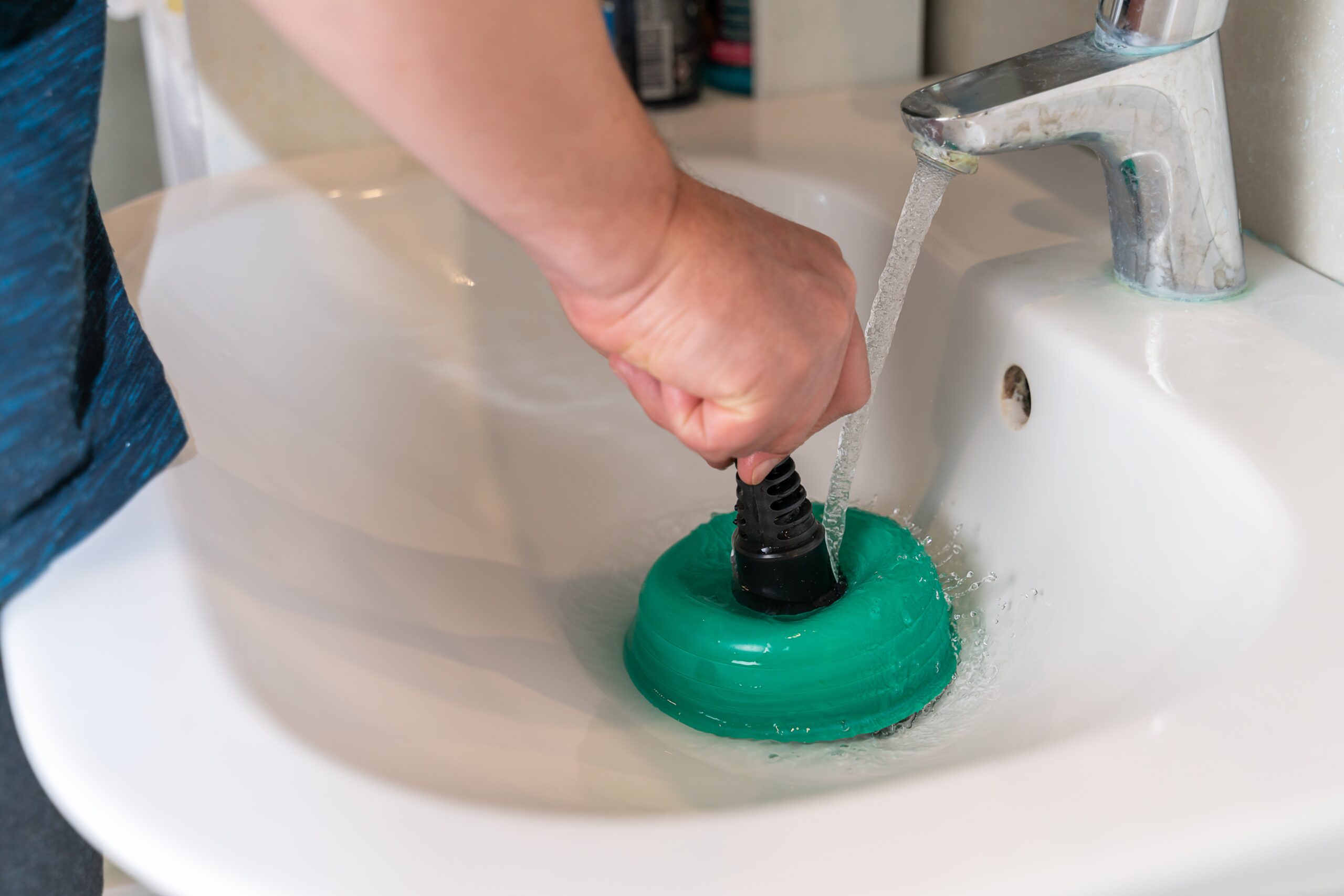We have come across this great article about 8 Tips For Clearing A Blocked Drain below on the internet and accepted it made perfect sense to write about it with you in this article.

Introduction
Handling an obstructed drain can be a frustrating experience, interrupting day-to-day activities and possibly causing damages to your home. Nevertheless, before connecting to pipes experts, there are steps you can require to deal with the problem yourself. In this guide, we'll check out do it yourself options and preventive measures to deal with an obstructed drainpipe successfully.
Identifying the Issue
The primary step in dealing with a blocked drain is acknowledging the indications. Slow water drainage, gurgling audios, foul odors originating from drains, or water support up are common indications of a blocked drain. Recognizing these indications early can aid avoid even more problems.
Usual Reasons For Blocked Drainpipes
Understanding the factors that contribute to drain pipes blockages is vital for reliable resolution. Usual culprits include hair, soap scum, grease, food debris, and foreign things like sanitary items or paper towels. Tree roots getting into below ground pipes can also cause significant obstructions.
DIY Solutions
For small obstructions, several DIY options can be effective. Putting boiling water down the drain can assist liquify grease and particles. Baking soda and vinegar or a mix of salt and cooking soft drink can function as natural cleansers. Making use of a plunger or pipes serpent to displace obstructions is another choice.
Devices and Tools
Having the right tools on hand can make DIY drainpipe cleaning more effective. A plunger is a versatile tool for removing obstructions in sinks, commodes, and showers. A pipes serpent or auger can reach much deeper clogs, while drainpipe cleaning chemicals can be made use of meticulously for persistent blockages.
Safety nets
To stay clear of future clogs, taking on preventive measures is critical. Install drainpipe guards or strainers to capture hair and debris before they get in the pipes. On a regular basis flush drains pipes with hot water to dissolve grease accumulation, and avoid dealing with oil or solid waste away.
When to Call an Expert
While DIY remedies can fix minor blockages, particular indications indicate the demand for expert aid. Relentless obstructions, foul odors despite cleaning up efforts, or multiple drains pipes supporting concurrently are warnings that necessitate experienced treatment.
Selecting the Right Plumbing Service
When selecting a plumbing solution, take into consideration variables such as experience, licensing, and client evaluations. Select a reputable plumbing technician with a performance history of quality handiwork and clear rates practices.
Expense Factors to consider
The price of professional drainpipe cleaning services can vary depending on the extent of the clog and the plumbing professional's prices. Demand quotes from several carriers and inquire about any service charges to make certain openness and avoid surprises.
Safety Measures
When trying do it yourself drainpipe cleansing, prioritize security. Use safety handwear covers and glasses to avoid contact with harmful chemicals or microorganisms. Never blend various drainpipe cleansing products, as this can create dangerous fumes.
Case Researches
Real-life examples show the performance of DIY remedies and the value of timely expert treatment in resolving drainpipe blockages.
Final thought
By complying with the suggestions detailed in this guide, you can properly take on obstructed drains pipes and stop future plumbing concerns. Whether selecting DIY solutions or seeking professional support, prompt activity is key to maintaining a healthy plumbing system and preserving the stability of your home.
How to Clear a Clogged Drain Yourself (And When to Call In the Professionals)
What Can Clog a Drain
Dirt Skin flakes Hair Grease Soap scum Food Offset pipes Tree roots Small objects Mineral buildup DIY Tricks to Unclog a Drain
You can fix this! Once you have identified the source of the clog (or have a vague idea), you can try one or a combination of these fixes in order to clear your plumbing.
Wire Hanger or Snake
Untangle and clear out hair from a drainpipe with a homemade snake. Use a straightened-out wire hanger with a 90-degree angle hook to locate the clog and drag out any unwanted material.
Remember not to push the clog further down to where the wire hanger cannot reach! If you need to follow up with a plunger, give it a try. Your efforts might be more successful after it’s been wire-snaked.
If you want to get fancy and don’t have a wire hanger to spare, head to the store and pick up a hand-operated drain snake. You can get one for $10-$30. It may save you the hassle, and provide additional length to reach deep into the clogged pipe.
Plunger
A cup plunger has a suction cup attached to a wooden handle. The rubber creates a seal around the drain, and increases the pressure force of the plunger.
Plunge for 30-second increments to loosen the clog. This may need to be repeated over the course of 15-20 minutes. Once plunged, run the water to flush the remaining material out of the drain.
Remember– never use a plunger if you have used a chemical drain cleaner. These chemicals can splash up from the force of the plunger and cause serious injury or burns.
Boiling Water
Hot water can sometimes break up materials into a flushable amount. Dirt, grease, and soap buildup requires heat in order to unstick from surfaces.
Take your kitchen kettle and heat your water to a boil. Once it reaches a rolling boil, pour it directly down the drain into the blockage. Carefully follow with plunging, if necessary.
Don’t worry if this takes more than one try! It can often take multiple kettles and repeated plunging in order to clear a particularly stubborn clog.
Chemical Drain Cleaner
As a last resort, pick up a bottle of chemical drain cleaner. Drain-cleaning chemicals are potent, and not very good for the environment.
You may need to wear protective eyewear in gloves before handling your bottle of chemical drain cleaner. Follow the instructions printed on the bottle, and flush with water as soon as the instructions allow. Do not follow with plunging.
Baking Soda and Vinegar
As a safer alternative to chemical drain cleaner, baking soda and vinegar can create a chemical reaction that clears tough clogs.
Combine one cup of cleaning vinegar with one cup of boiling water, and set aside. Once you have done this, pour half a cup of baking soda down the drain. Give the baking thirty seconds to settle and cover a large portion of the problem drain.
Following the baking soda, pour down your vinegar and hot water solution. Once the vinegar and baking soda combine, the mixture will bubble and fix. Let this reaction fizzle in the drain for about an hour.
After an hour, follow with a kettle’s worth of hot water. The heat and liquid should flush out any remaining material.
When to Call a Plumber
If your DIY attempts haven’t cleared your clog drain, it’s time to call in a professional. It’s not worth losing access to your kitchen sink or high-traffic bathroom. A clog in a vital area can keep you from the things you’d rather be doing, and derail your routine.
Anytime a clog is causing water to spread is a time to call in a plumbing service. What starts out as a little bit of water can quickly grow into serious, expensive water damage.
Additionally, a serious clog can result in burst pipes or serious leaks. Make sure you know when to take it seriously!
https://myguysnow.com/how-to-clear-a-clogged-drain-yourself-and-when-to-call-in-the-professionals/

As a fervent reader on 8 Tips For Clearing A Blocked Drain, I was thinking sharing that article post was a smart idea. In case you appreciated our blog posting kindly don't forget to share it. Thanks for going through it.
Call Today